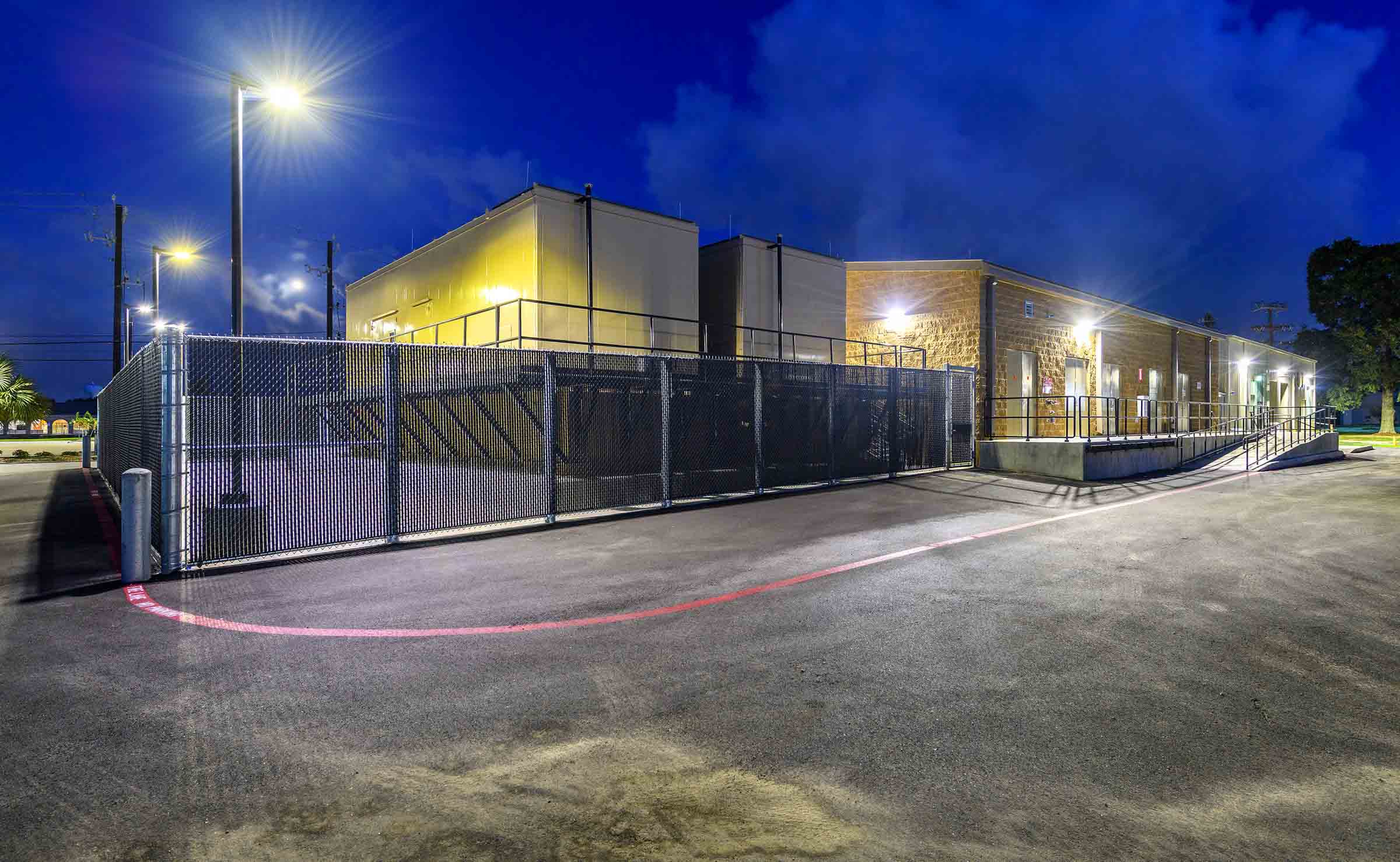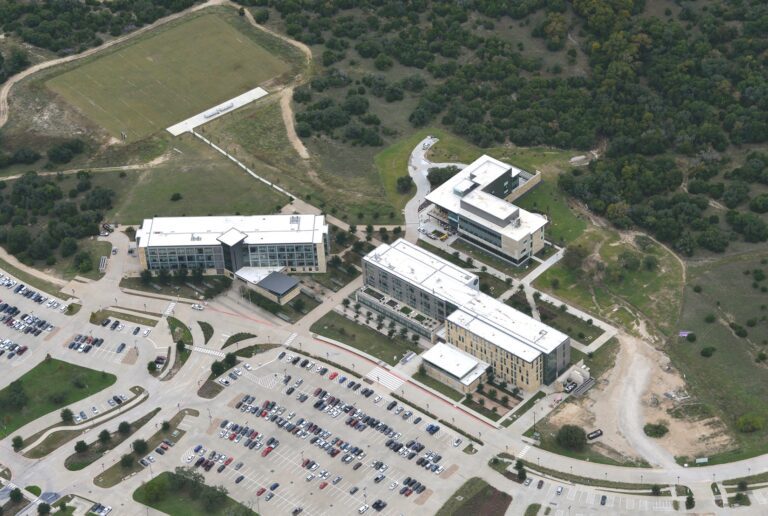
It’s no secret that the volume of hospital renovation and expansion projects happening across the United States continues to accelerate, leaving no shortage of work for general contractors. According to a recent survey from BuildCentral, hospital owners increased the number of newly planned and active renovation projects by 26 percent year-over-year, with new construction and expansions up nearly 9 percent in the same time frame. In the 2019 ASHE Hospital Construction Survey, 23 percent of respondents reported they are currently renovating or building acute care hospitals, with another 22 percent planning to do so in the next three years.
Orange barrels and yellow tape are clearly becoming a more common site at hospitals and healthcare facilities, but many people never see or realize the very real life-or-death patient and visitor safety issues at play during a significant capital improvement project. When it comes to renovating and expanding hospitals, there is one principle that everyone can agree on – patients, family and hospital staff must be placed at the forefront of every stage of the job, ultimately dictating the project’s timeline.
Because we evaluate a project from beginning to end and identify risks for every element of it, we can intentionally prepare for and manage those risks. Staying true to this foundational pillar has allowed Hoar Construction to capitalize on new opportunities in the healthcare building boom, and was particularly evident at a recent renovation assignment our firm handled at Houston Methodist Clear Lake Hospital.
Located across the street from NASA’s Johnson Space Center in Houston, the hospital needed to install a new central utility plant (CUP) as part of an expansion plan to better serve patients in one of the city’s fastest-growing areas. Houston Methodist’s proximity to the Gulf of Mexico and the threat of hurricanes was a driving force for constructing a new CUP with the current plant at risk from flooding and storm surge due to its location below the minimum elevation level required by FEMA.
A seamless utility switchover from old to new was crucial for patient safety in one of Texas’ largest hospitals, given that a power disruption to emergency backup systems would pose serious jeopardy to intensive care units and any critical patient procedures underway. The existing CUP was operational throughout our entire project schedule to maintain normal and emergency power systems to the hospital before the final transfer occurred.
One of the first items our team tackled was trenching through an active parking lot for underground utility work that was required to connect the new CUP to the hospital. Through hydro-excavation, we discovered that we would need to dig approximately 14 feet below grade to avoid underground obstructions. During initial planning we considered excavations and associated risks like cave-ins and public safety, and ultimately decided to dig the 400-foot long trench in four phases to avoid staff and visitor disruption. To separate from the public, each phase was always barricaded and clearly identified.
Our trade partners worked near a 14-foot fall hazard, so the team planned and implemented fall protection measures to prevent workers from falling into an open excavation. We saw an opportunity with the vertical shoring system to extend the 1-foot thick fin boards and attached them together to create a guardrail system. Once the entire perimeter had been covered, the duct bank activities could continue safely with zero risk to workers, patients and visitors.
Accommodating the project nuances at Houston Methodist required the ability to think and work outside the box, which meant we needed to reevaluate and modify some of our original plans in order to not disrupt the hospital’s day-to-day operations or essential patient systems.
To keep the project on schedule without compromising critical testing that would be required for the CUP’s paralleling switch gear (required for monitoring and controlling multiple emergency power sources), the project manager, electrical engineer and hospital owner traveled to Minnesota so we could visit the factory where the switch gear was being manufactured on a 6-month schedule lead time for delivery.
Together, we connected the exact switch gear manufactured for the CUP to testing equipment on the factory floor. We ran various test simulations and compared the results to shop drawings to make final changes to the emergency power system sequence of operations. Because of our trip, we eliminated the possibility of failure by ensuring the CUP opened with a properly functioning switch gear, thereby saving valuable time and money for everyone involved.
Major hospital renovation projects typically involve multiple stakeholders which makes smart planning and constant coordination the most vital aspects for success. Two months before the planned normal and emergency power service shutdowns at Houston Methodist, the project team conducted multiple hours-long shutdown rehearsals with hospital owners and staff so everyone knew what an actual shutdown would feel like and to ensure everyone was comfortable with the plan.
If anyone felt uncomfortable about proposed aspects of the shutdowns, we addressed it well in advance. We also planned a brown-out for the emergency power several weeks ahead of the swap over. This partial reduction in power allowed us to see what would happen during the shutdown and what existing emergency systems would activate.
Our team conducted weekly meetings with the facility manager so she could update her staff accordingly on the target dates, with input from doctors, nurses and other hospital team members helping project managers to understand where the challenges were and to adjust accordingly. We found that giving at least a 3-week notification for a planned shutdown is helpful, which allows hospital staff to make necessary contingencies.
Thanks to proper planning, communication and resourcefulness, we completed the CUP expansion and power switch-over without incident at a busy hospital on time and under budget, with no adverse effect to hospital staff, visitors and patient safety.
There was no room for error, as just one mistake could possibly make a life or death difference for patients. When working at a hospital or healthcare facility, general contractors and trade partners should remember that the Hippocratic oath of “first, do no harm” applies just as much to them as it does the trained medical professionals. We are guests at a healthcare facility, and we must be willing to do whatever we can to ensure care is not interrupted in any way.
Brian Chobot is a senior project manager with a specialized focus in healthcare in Hoar Construction’s Texas Division.

